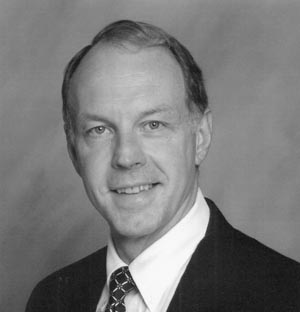
Ronald Terjung, Ph.D., Dr.h.c.
Professor
of Physiology and Biomedical Sciences
Associate
Dean for Research,
BS.
National
Academy of Sciences Foreign Exchange Awardee, Forgarty Intfl Fellow, NIH RCDA,
NIH MERIT Awardee, Cybulsky Medal, ACSM Citation Award, Honorary Doctorates:
Bialystok Medical Academy.
Services
in NIH Study Sections; Editor, Exer.
Sport Sci. Rev.;
Assoc. Editor, J. Appl. Physiol.; Am
College Sports Med: Vice President, Program Committee, Research Advisory
Committee; Am Physiol Society: Program Committee; Publications Committee;
Chair, Environ Exercise Physiol. Section; Organizing Committee: Integrative
Biology of Exercise Conference
Physical Activity and Vascular
Adaptations in Health and Disease.
Exercise-induced vascular adaptations
include an enhanced capillarity in and an increased flow capacity to active
muscle. The improved muscle oxygen exchange capacity and the increased
oxygen delivery are important in health and disease. The mechanisms
controlling this structural remodeling likely include mechanical, ischemic, and
metabolic signals operating on the vessel(s). Endothelial-dependent
signals, cell activation, proliferation, migration, and stabilization, coupled
with remodeling of the extracellular matrix, are a complex sequence of events
that must be orchestrated by relevant cytokines, enzymes, inhibitors, and
growth factors. These are well coordinated by exercise to effect beneficial
adaptations that improve performance, as well as morbidity and quality of life
of patients with peripheral arterial insufficiency.